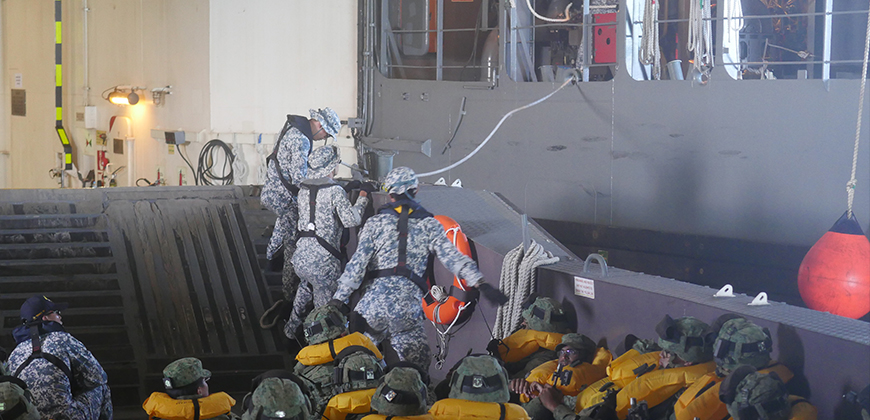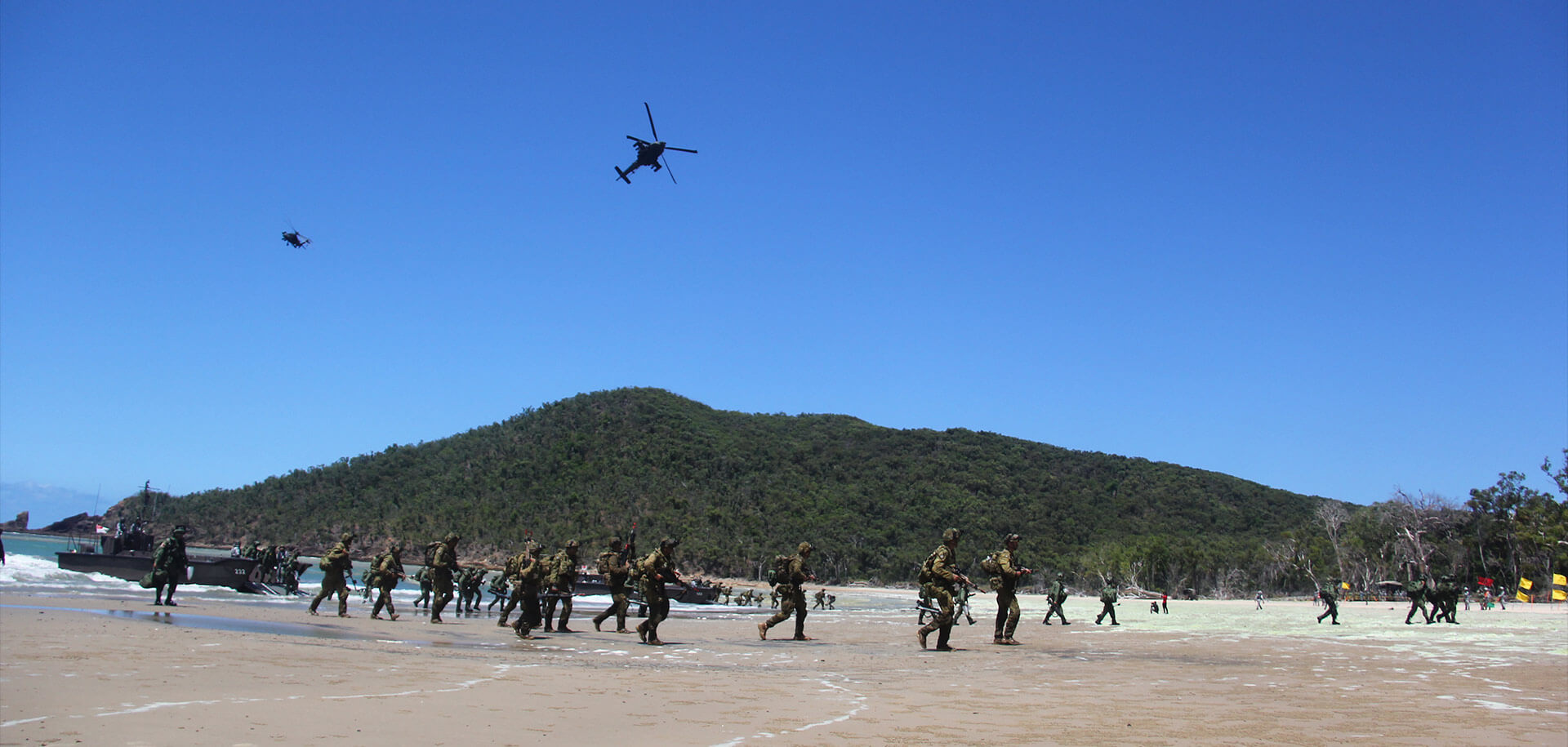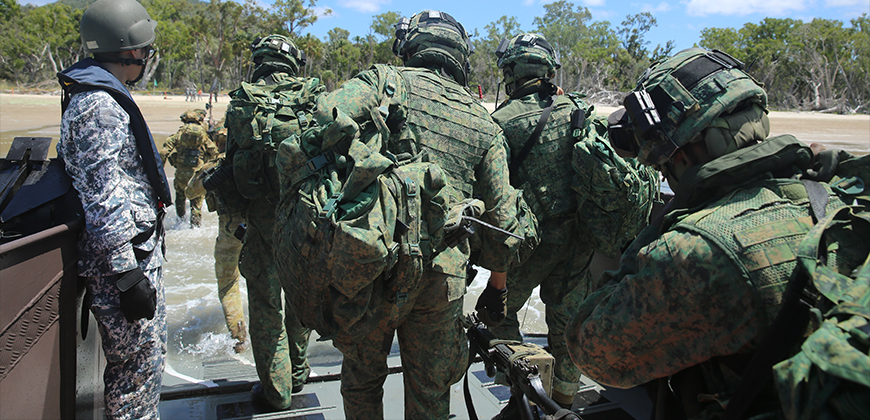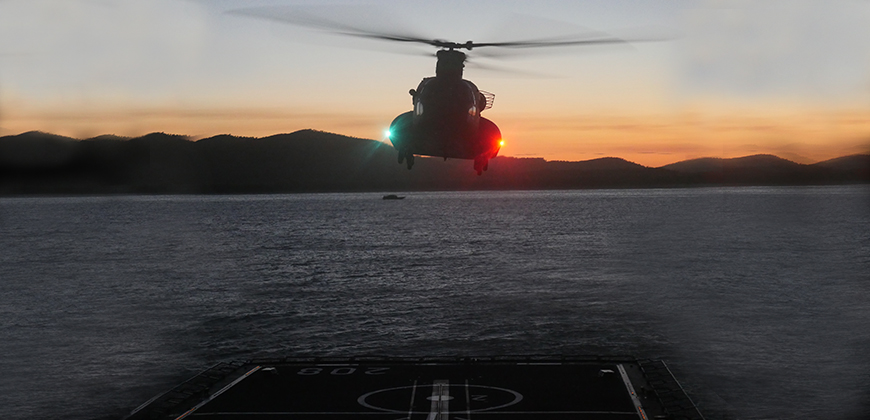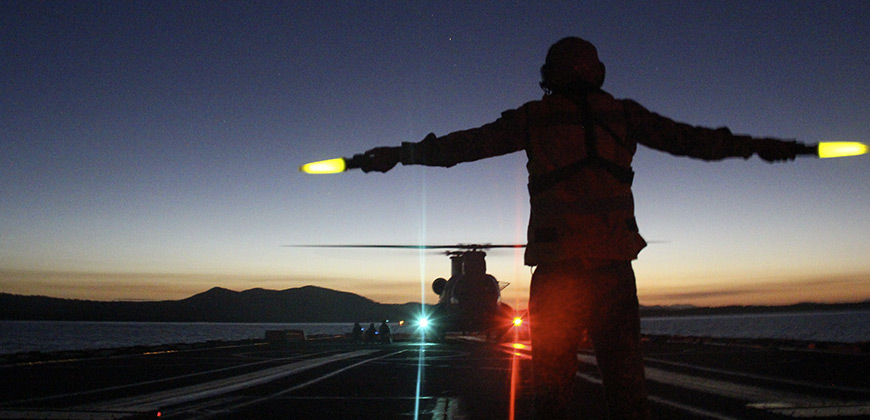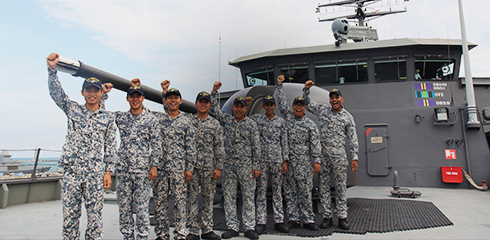Bringing together the three arms of the Singapore Armed Forces (SAF), along with the Australian Defence Force (ADF), Exercise Trident was a large-scale bilateral exercise held in Queensland, Australia in late 2016.
It involves more than 2,100 personnel from both nations: from the Republic of Singapore Navy (RSN), the Singapore Army, and the Republic of Singapore Air Force (RSAF), and from the ADF. Synchronising the manpower and platforms of these forces is a feat made none the easier by the harsh physical elements of the exercise arena.
Exercises such as Exercise Trident provide a unique demonstration of the close understanding between Singapore’s three military services. The most recent installation featured not only the largest contribution from the SAF since it began four years ago — but it also saw marked increases in size, scope and complexity over that time.
The complexity of Exercise Trident delivers invaluable insights into real-life warfare scenarios. We take a close look at three impactful moments during the exercise, and bring you into the heart of the action.
1. Flooding the Well Dock
The crash of the waves blends with the roar of vehicles. A walkie-talkie crackles, as the officer in charge of the well dock receives commands from the bridge. Army personnel marshal their vehicles into position, ready to move at any moment.
We are aboard RSS Resolution, a 6,000-tonne landing ship tank (LST), and the ship is about to flood her well dock. As the stern ramp is lowered, the choppy sea rushes in. Now, the Fast Craft Utility (FCUs) and Fast Craft Equipment and Personnel (FCEPs) can return to the ship. Getting this right takes careful coordination between seamen on both the fast craft and the warship.
Pressure Points: Waves crash against the bulkheads. The weather at Shoalwater Bay is unpredictable. The sea is rough, and within the well dock, the force of the thrashing waves is magnified by the confined space. Considering the scale of operations — complicated by the weather — the atmosphere is one of keen focus and remarkable calm. Time is of essence, but our RSN sailors have conducted such operations countless times before — and under worse conditions.
Traffic Control: The well dock officer’s task is one of careful coordination. In essence, he needs to reduce the risk of collision between the craft moving in and out of here, controlling the internal and external traffic lights that permit vehicles to move. He keeps an eye on key factors such as the control of craft movement and the ballast state of the well dock. Each craft enters at different depths, so the craft sequence is carefully controlled.
Securing the Fast Craft: As the sea heaves under their craft, the FCU’s coxswain, or driver, wrestles control of the craft, holding it firmly in place. The seamen, buffeted by the waves, carry out the rope work needed to secure the craft within the well dock — hurling ropes to crew on mission platforms on either side. Fast craft seamen shout for those on board to crouch down: with a sea as rough as this, it’s challenging to keep their balance as they perform their work. One slip, and they could be thrown off their feet.
2. Storming the Beach
The craft rolls on the intense waves, the troopers huddling in the well dock of the FCUs battling the nauseous effects of the rolling. The seamen watch over them, occasionally shouting encouragement. Everyone is squinting against the glare of the sun. The UV index is 15, which according to the World Health Organisation is considered ‘extreme’.
Then the signature Exercise Trident moment arrives: RSN fast craft glide up the beach, and in unison, the ramps are lowered, and the Army troopers, together with their Australian counterparts, march off the FCUs and into the shallows. As their jet-black boots dig into the sand of Freshwater Bay beach, the sound of helicopters thunder overhead — RSAF cover has arrived.
This is what it means to launch a tri-service, bilateral amphibious beach landing — and as one, the SAF and ADF have managed to pull it off, amidst the countless little details that must be gotten just right for mission success.
Rolling Waves: Details such as when the waves of troopers and assets should arrive. After the FCUs bring the battalion of troopers onto the beach, they must now project the Army assets onto land, including their Lighter Amphibious Resupply Cargo V (LARC V). Armed with information from Headquarters back on board RSS Resolution, the wave commander controls the movement of the craft in his wave of action. He must ensure that the FCUs and FCEPs reach the beach in time — and leave on-time. He knows that if the crafts leave too late, the tide will be too low and the craft will be stuck on the beach.
The troopers and the land assets are safely on land — the FCUs and FCEPs have executed their mission successfully.
3. A Helicopter Mission Under the Cover of Night
A CH-47 Chinook helicopter is landing to collect Army troopers on board the LST and deliver them to land.
The action centres on two key areas: within the helicopter control room (HCR) and on the flight deck. In the HCR, RSN officers liaise with the Army and Air Force counterparts to ensure equipment and personnel movements keep to schedule. Meantime, on the flight deck, the flight deck officer coordinates personnel movement from hangar to helicopter, as the choke-and-chain crew lashes down the Chinook, securing it on deck.
Battling the Clock: Inside the HCR, the officers face tight timelines and time pressure, and must ensure the correct equipment and troops are ready for insertion. These complications are reflective of real wartime, with all three services involved and the sheer number of people aboard. In terms of coordination, the three services have to sync their understandings of tactical requirements, which might differ, along the same challenging timelines.
As information arrives in piecemeal fashion, officers piece together the big picture to execute the plan. As the HCR takes note of changes in helicopter arrival timings, they have to coordinate with the movement of the fast craft. Any craft at sea must steer clear during helicopter operations — and the same rules apply to helicopters during well dock operations.
The Flight Deck: As the Chinook is a 27-tonne helicopter, there is a sizeable downwash; which, if left unchecked, could push people overboard. Noise is an obstacle; both the choke-and-chain crew and flight deck officers wear mufflers to guard against the roar of the rotors.
The command comes from the HCR: the way is clear for the troopers to board the helicopter. The troops are loaded, the chains are removed, and the Chinook lifts off the flight deck.




